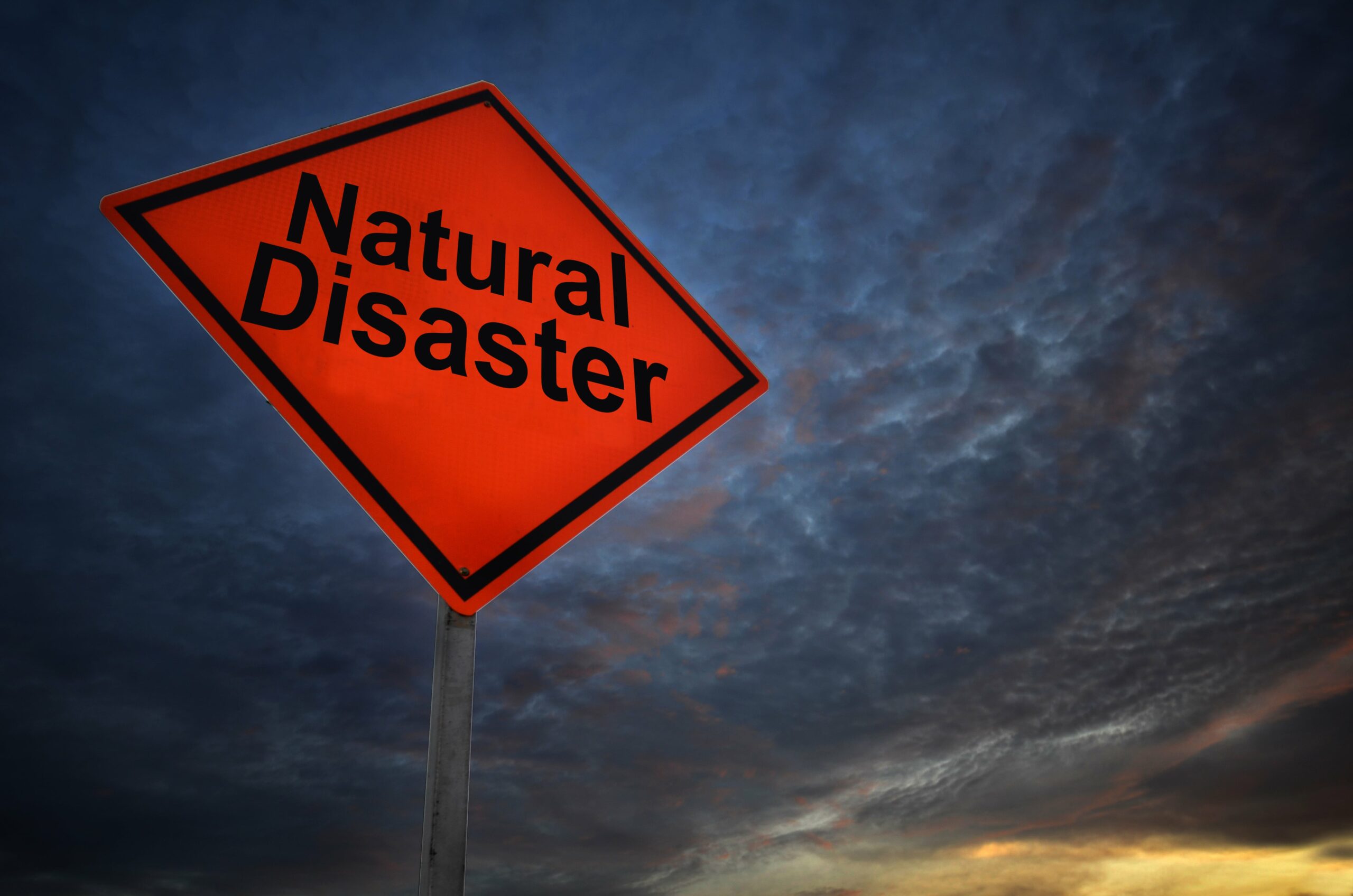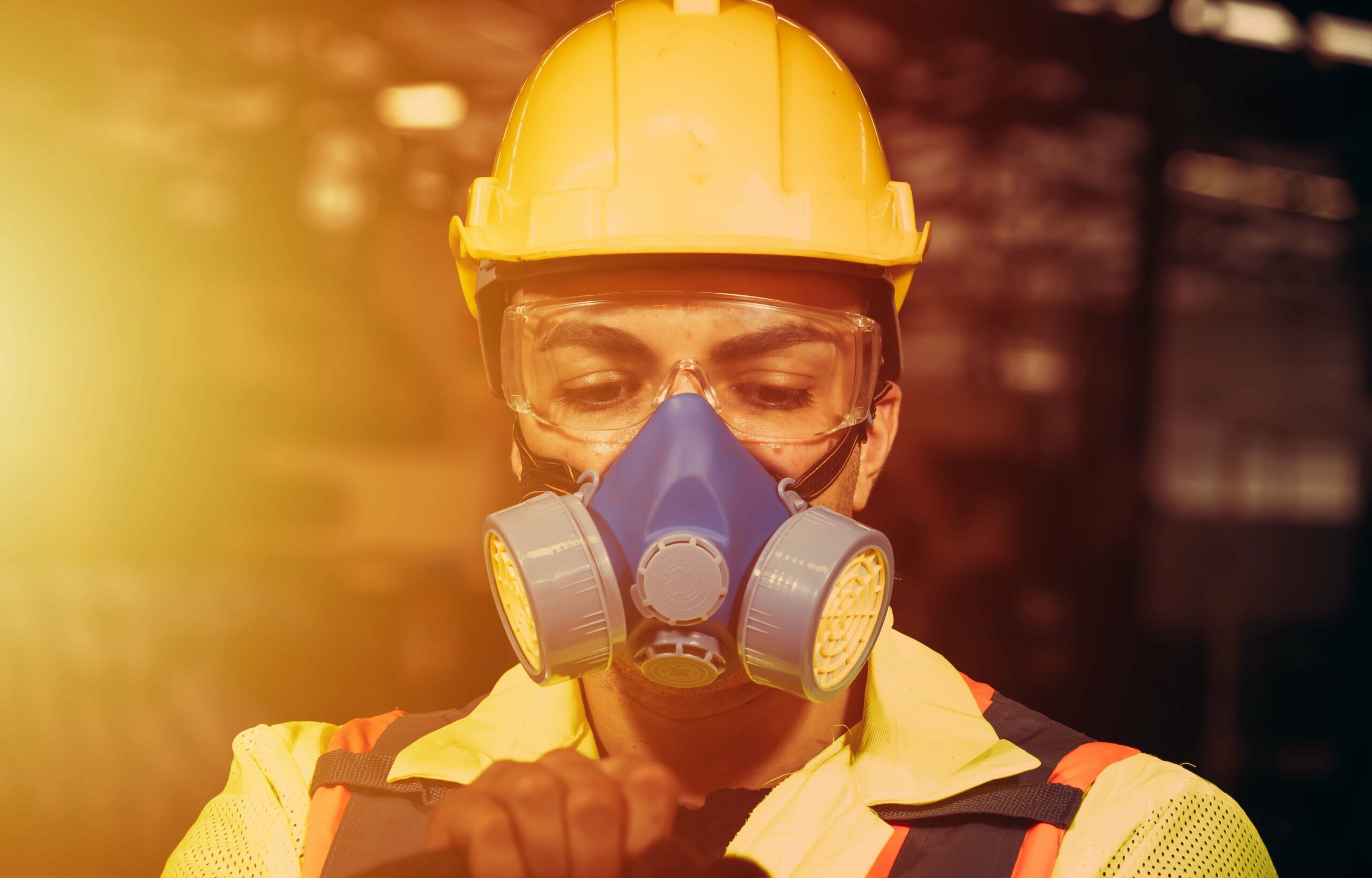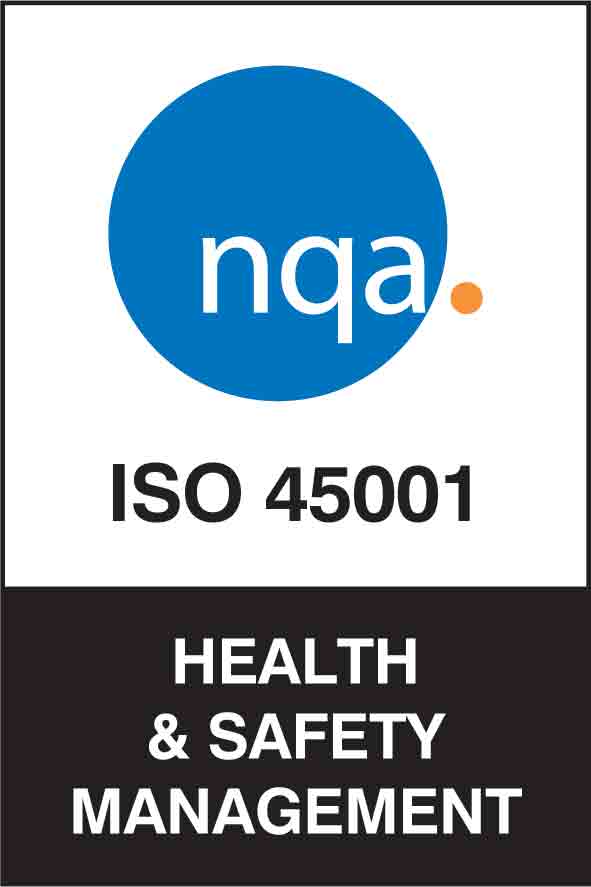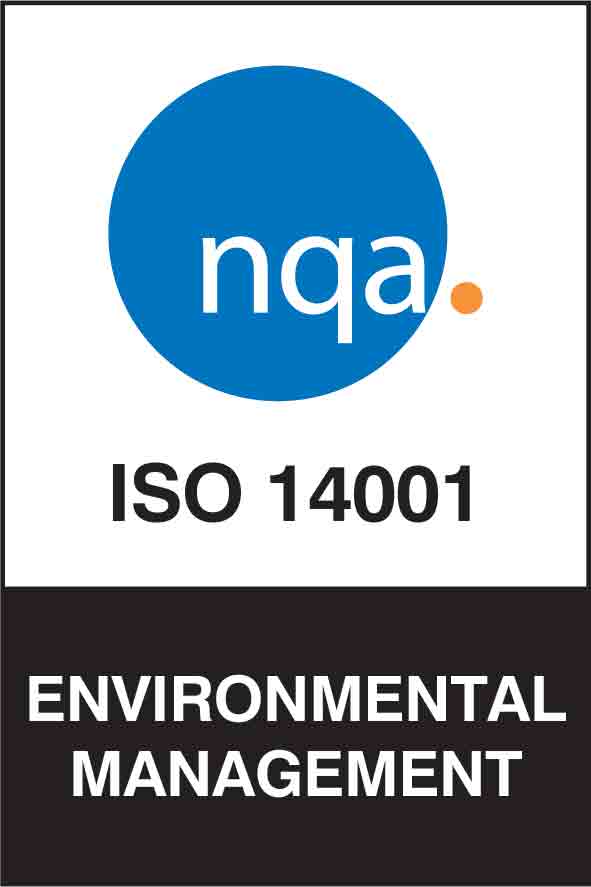BLOG
Climate change and OHS | Safeguarding workers in a changing world
Written by Tim Ketteman on 17 April 2024

Global warming – defined as the sustained alteration of average weather patterns over extended periods – is a pressing issue with far-reaching implications. Yet, amid discussions about rising temperatures and changing environments, one aspect that is often overlooked is its potential impact on occupational health and safety (OHS).
This year’s World Day for Safety and Health at Work 2024 explores this very topic, inspired by “alarming new data” from the International Labour Organisation (ILO) on the impact of climate change on workers’ safety and health, due to be released on the day.
ILO explains: “As climate change intensifies, workers around the globe find themselves at an increased risk of exposure to hazards such as excessive heat, ultraviolet radiation, extreme weather events, air pollution, vector-borne diseases and agrochemicals.”
This blog aims to explore the relationship between global warming and OHS, shedding light on several risks that workers face due to continued climate shifts.
1. Extreme temperatures
For outdoor workers, rising temperatures due to climate change increase the risk of heat-related illnesses such as heat stroke, dehydration, and heat exhaustion. Indoor workers in poorly-ventilated environments may also experience heat stress.
Employers can implement several control measures to mitigate the effects of extreme temperatures on workers, including:
- Planning work such that physically demanding tasks are scheduled during cooler times of the day, i.e. before noon, to minimise heat exposure.
- Educating workers on managing dehydration and providing ample drinking water.
- Ensuring workers can recognise signs of heat stress and know when to seek assistance.
- Offering regular rest breaks in shaded areas with air cooling if feasible.
Outdoor workers should take additional precautions to prevent sun damage to the skin, which can lead to sunburn, blistering, and skin aging over time, increasing the risk of skin cancers. Sensible precautions include:
- Wearing appropriate clothing, such as a hat with a brim or flap covering ears and neck.
- Using sunscreen with a high SPF (at least SPF15) on exposed skin.
- Regularly checking skin for unusual moles or spots and seeking medical advice for any changes in shape, size, colour, or symptoms like itching or bleeding.
- Utilising UVA and UVB protective clothing whenever possible.

Do you need support?
Speak to us for an honest, no obligation chat on:
0345 226 8393 Lines are open 9am – 5pm
2. Natural disasters
Climate change is associated with an increase in the frequency and intensity of natural disasters such as hurricanes, floods, wildfires, and storms. These events can disrupt workplaces, damage infrastructure, and pose risks to workers’ safety.
While employers cannot prevent natural disasters, they can prepare for one. In any of the above examples, communication is paramount. Employers should consider the key risks likely to affect the organisation in the event of a natural disaster, then develop an emergency plan, train their workforce in the actions required to affect the plan, and review and test the plan regularly.
Within the plan, employers should consider how to effectively evacuate to a place of safety, particularly in the event of a wildfire or flood. A suitable number of staff should be trained in fire precautions and appropriate first aid facilities provided. The number of trained first aiders may well exceed the number required by a first aid needs assessment.
Additionally, organisations should appoint one or more individuals to act as the point of contact between the organisation and the emergency services, facilitating the flow of information.
If any of the organisation’s workers will be involved in clean-up efforts, steps must be taken to protect them from hazards such as debris, contaminated water, or unstable structures. This includes providing appropriate PPE and ensuring workers have received proper instruction, information, and training for tasks involving confined spaces and working at heights.

3. Air quality
Climate change can worsen air quality by increasing pollutants such as ground-level ozone (a harmful gas formed near the Earth’s surface when pollutants from vehicles and industries react with sunlight) and particulate matter.
Poor air quality can exacerbate respiratory conditions and increase the risk of cardiovascular diseases among workers, particularly those in industries such as agriculture, construction, and manufacturing.
Employers must ensure that every enclosed workplace is ventilated by a sufficient quantity of fresh or purified air and have mechanisms in place to remove indoor air which may become stale, hot and humid due to work machinery and processes, or contain pollutants and other impurities.
Regularly breathing dust can cause diseases like lung cancer, asthma and COPD, which can result in permanent disability and increase the risk of premature death. Organisations must ensure workers are equipped with the necessary information, instruction and training to effectively control these risks.
Control measures that organisations can implement include:
- Installing local extraction and ventilation systems at the point of work to capture and remove airborne contaminants.
- Using on-tool dust extraction systems to minimise dust generation directly at the source.
- Providing workers with properly fitted respiratory masks designed to filter out airborne particles.
Organisations also have a duty to provide monitoring controls and conduct worker health surveillance to ensure early detection and management of potential health issues related to air quality and dust exposure.

4. Vector-borne illnesses
Changes in temperature and precipitation patterns can alter the distribution and prevalence of vector-borne diseases such as Lyme disease, West Nile virus, and Dengue fever. Outdoor workers in fields, forests, and construction sites may be at increased risk of exposure to these diseases.
Lyme disease is an infection caught from the bite of an infected tick. One of the most common symptoms is a spreading, ‘bullseye’ rash at the site of the tick bite, which typically develops three to 30 days after being bitten. Other symptoms include mild flu-like symptoms such as fever, headache and fatigue, a facial droop, nerve pains and numbness or tingling in the hands or feet.
Workers in woodland and green spaces are particularly susceptible to Lyme disease. Employers can mitigate this risk by promoting practices that reduce exposure, such as avoiding contact with tick habitats and wearing protective clothing.
While diseases like West Nile virus and Dengue fever are not currently established in the UK, climate-related changes in vector habitats underscore the importance of employer awareness and proactive measures. Monitoring environmental conditions and providing education on vector-borne disease prevention can help safeguard the health and safety of outdoor workers.
5. Water-borne illnesses
Climate change can impact water quality and availability, increasing the risk of waterborne diseases such as cholera and giardiasis. Workers involved in agriculture, fishing, and water management may encounter contaminated water sources.
Cholera is an acute diarrhoeal infection caused by eating food or drinking water that is contaminated with the bacterium Vibrio cholerae. While it does not occur naturally in the United Kingdom and is therefore not a present concern for UK workers, the impact of climate change on global disease patterns and travel dynamics could potentially introduce cholera or other waterborne illnesses to new regions, making awareness and preparedness among employers and public health authorities essential.
Giardiasis, on the other hand, is present in the UK. This diarrhoeal disease can be spread from person to person, especially if infected individuals do not practice proper hand hygiene after using the toilet. Symptoms (including nausea, vomiting, loss of appetite, abdominal cramps, bloating, and weight loss) typically appear one to three weeks after ingestion of the parasite and can persist for weeks to months.
For employers and workplaces, ensuring proper hygiene practices and sanitation facilities is crucial in preventing the spread of diseases like giardiasis among workers. Educating employees about the importance of handwashing and providing adequate facilities for maintaining hygiene can help reduce the risk of disease transmission in the workplace and promote a healthy working environment.
6. Psychological impacts
Climate-related events such as natural disasters can trigger psychological impacts on workers, including stress, anxiety, and post-traumatic stress disorder (PTSD), which can significantly affect job performance and overall wellbeing.
While severe climate-related events are relatively rare in the UK, it is important that employers recognise the overall importance of addressing mental health concerns in the workplace and put appropriate support mechanisms in place for workers affected by stress and other mental health issues, regardless of the cause.
Indeed, the Health and Safety Executive considers stress a work-related illness that should be managed like any other workplace hazard. Employers have a legal duty to protect workers from stress at work by conducting a risk assessment and taking action based on the findings. This proactive approach is essential for promoting a healthy and supportive work environment.
In addition to climate-related events, various workplace factors, such as job security concerns, working relationships, and excessive workloads, can contribute to stress and anxiety and must be managed effectively. At the more extreme end of the scale, PTSD could develop from experiencing or witnessing a wide spectrum of traumatic workplace events, such as fatalities or life-threatening accidents involving colleagues, necessitating robust risk management practices to protect workers’ physical and mental health.
Conclusion
Overall, addressing climate change is not just an environmental imperative – it is an increasingly important and relevant part of workplace wellbeing and resilience. As the impacts of climate change become more pronounced over time, they will affect the health, safety, and productivity of workers in new and profound ways.
This discussion is crucial because it highlights that occupational health and safety risks are not static; they evolve with changing conditions, including those driven by climate change.
With this in mind, integrating climate change considerations into workplace policies and practices is essential to mitigating risks and ensuring the sustainability and resilience of organisations in the face of ongoing environmental challenges.
Of course, the most effective action organisations can take to protect workers from the risks associated with climate change is to actively contribute to efforts aimed at reducing it.
Related Content
Are your health and safety practices up to scratch?
WorkNest fixed-fee Health & Safety service helps employers manage existing and emerging risks in their workplace effectively.
From tailored health and safety policies to annual audits and smart risk management software, we empower businesses to enhance their current practices, ensure compliance with regulations, and adapt to new safety challenges confidently.
To enquire about support from a dedicated consultant, call our team today on 0345 226 8393 or request your free consultation using the button below.









